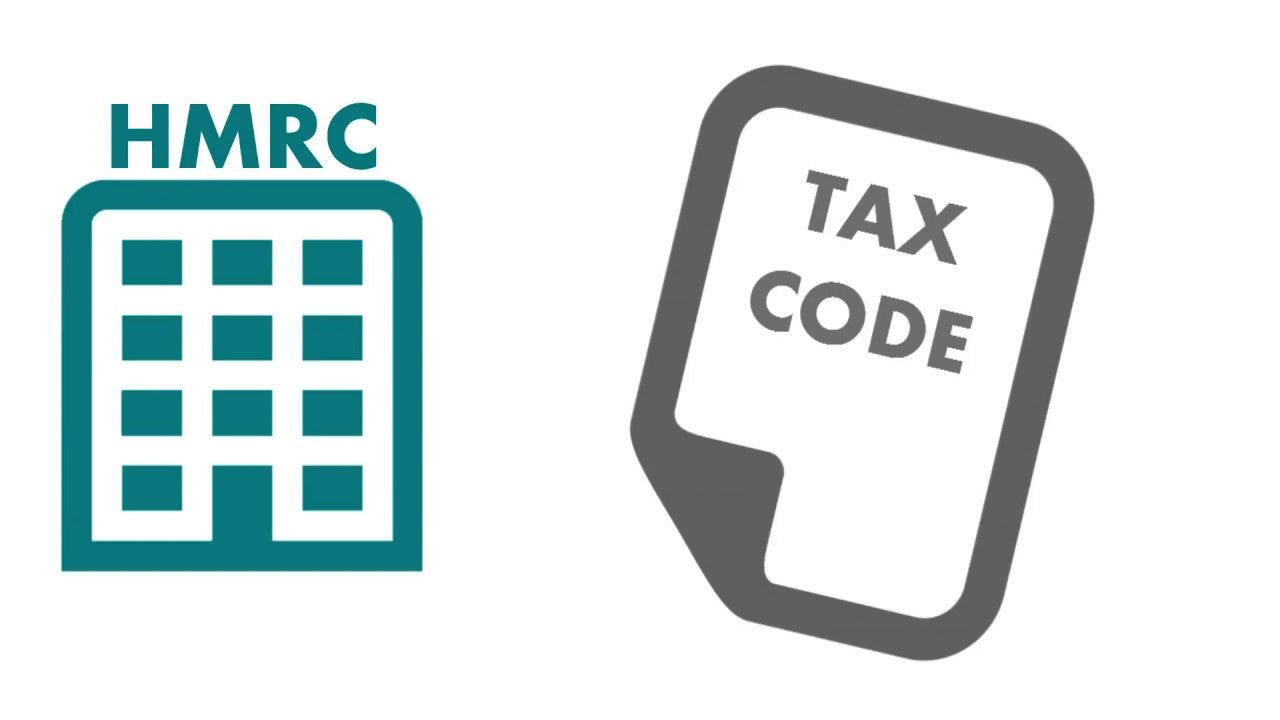
Many people are unaware of what a tax code means and consequently will not be able to determine whether their tax code is correct. Each year, millions of tax code errors occur which, left uncorrected, can cost in overpaid tax each year.
A tax code is issued by HMRC and used by employers or pension providers to work out how much tax to deduct from salaries, wages and pensions. Unless you are wholly self-employed, unemployed or receive the state pension only, you will have a tax code.
However, because tax codes can change throughout a tax year due to changes in employment or personal circumstances, millions of tax code errors occur each year. Errors can arise due to HMRC making mistakes, for example a few years ago HMRC’s system failed to include state pension when working out the tax code, so that a large number of pensioners were underpaying tax. Alternatively, errors will arise if the taxpayer does not update HMRC with a change in their circumstances, for example losing a taxable benefit such as giving up a company car.
Since tax codes tell employers or pension providers how much tax is to be deducted, even small errors can cost hundreds of pounds over the course of a tax year. Tax code errors are incredibly common but pretty simple to rectify once spotted and any overpaid tax will be refunded.
HMRC improved the tax code process, by introducing dynamic coding in July 2017, complete with a set of trigger points that lead to a new code being issued.
Dynamic coding aims to use the increased information provided by taxpayers or their employers within the tax year to recalculate the employee’s “estimated pay”. Then, if necessary, amend the current tax code to achieve a more accurate deduction of tax.
From April 2019, HMRC has begun a “controlled go live” of a new coding trigger.
This involves comparing the tax code reported for an employee with the code HMRC believes it has issued for the taxpayer, as shown on the National Insurance and PAYE Service. Where the codes don’t match and the employer hasn’t implemented the code issued more than 60 days ago, the HMRC computer will reissue the PAYE code to the employer.
Standard tax code format
Most tax codes are made up of a number and a letter, the most common tax code for tax year 2019/20 being 1250L.
The number refers to the personal tax-free allowance that the taxpayer is entitled to earn before being subject to income tax and is set for the current tax year at £12,500 (the last digit is removed in a tax code making 1250).
If you receive any taxable benefits or are repaying underpaid tax from a previous year, the personal allowance may be reduced.
The letter denotes the individual taxpayer’s personal situation.
L = there are no special circumstances which impact on the personal allowance, so the full personal allowance is in play before any income tax is deducted.
M = it means there is transfer of a partner's personal allowance through the marriage allowance and the partner's tax code will end with an N to denote they are transferring part of their allowance to the other taxpayer.
T = this letter signifies that further calculations need to be made to work out the personal allowance, in the case where earnings are over £100,000 and the taxpayer is not entitled to the full personal allowance (the personal allowance is reduced by £1 for every £2 of taxable income over £100,000).
BR = all of the income for that particular job or pension is to be taxed at the basic rate, usually because it is a secondary employment or pension.
0T = signifies that the taxpayer has used all of their personal allowance, whereas
NT = signifies that no tax is to be deducted.
Emergency tax codes
Emergency tax codes are denoted by the suffix W1, M1 or X and mean that the employer or pension provider does not have enough information to determine which tax code to be applying, usually due to a change in employment.
These tax codes are used until HMRC informs the employer about the correct tax code to be used.
Emergency tax codes usually mean that more tax will be paid while the employer or pension provider and HMRC calculate the correct tax code. In these instances, once the correct tax code is known, any overpaid tax is usually refunded through the salary or pension.
All tax payers will be issued a tax code in February/March prior to the relevant tax year. For those in the self-assessment system an updated code may be issued following submission of their tax return if the return provides different information from that which HMRC held in February/March. Alternatively, a coding may be updated when an employer reports taxable benefits or upon a change in taxable benefits.
A key point is that your adviser, if you have one, does not receive from HMRC a copy of the coding notice, only the taxpayer.
It is important to check the coding notice on receipt, and information about the types of codes that are used can be viewed on the HMRC website.



